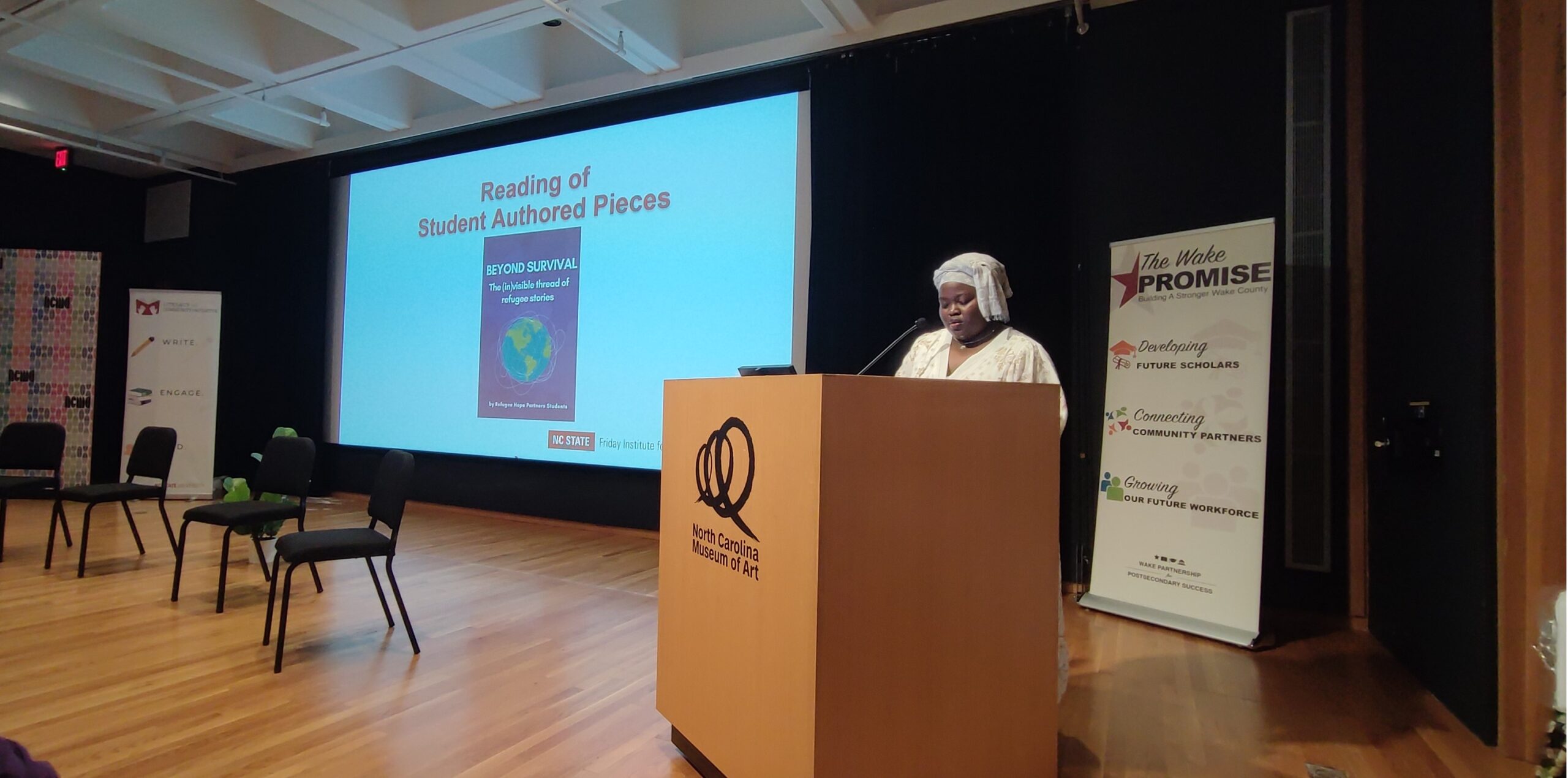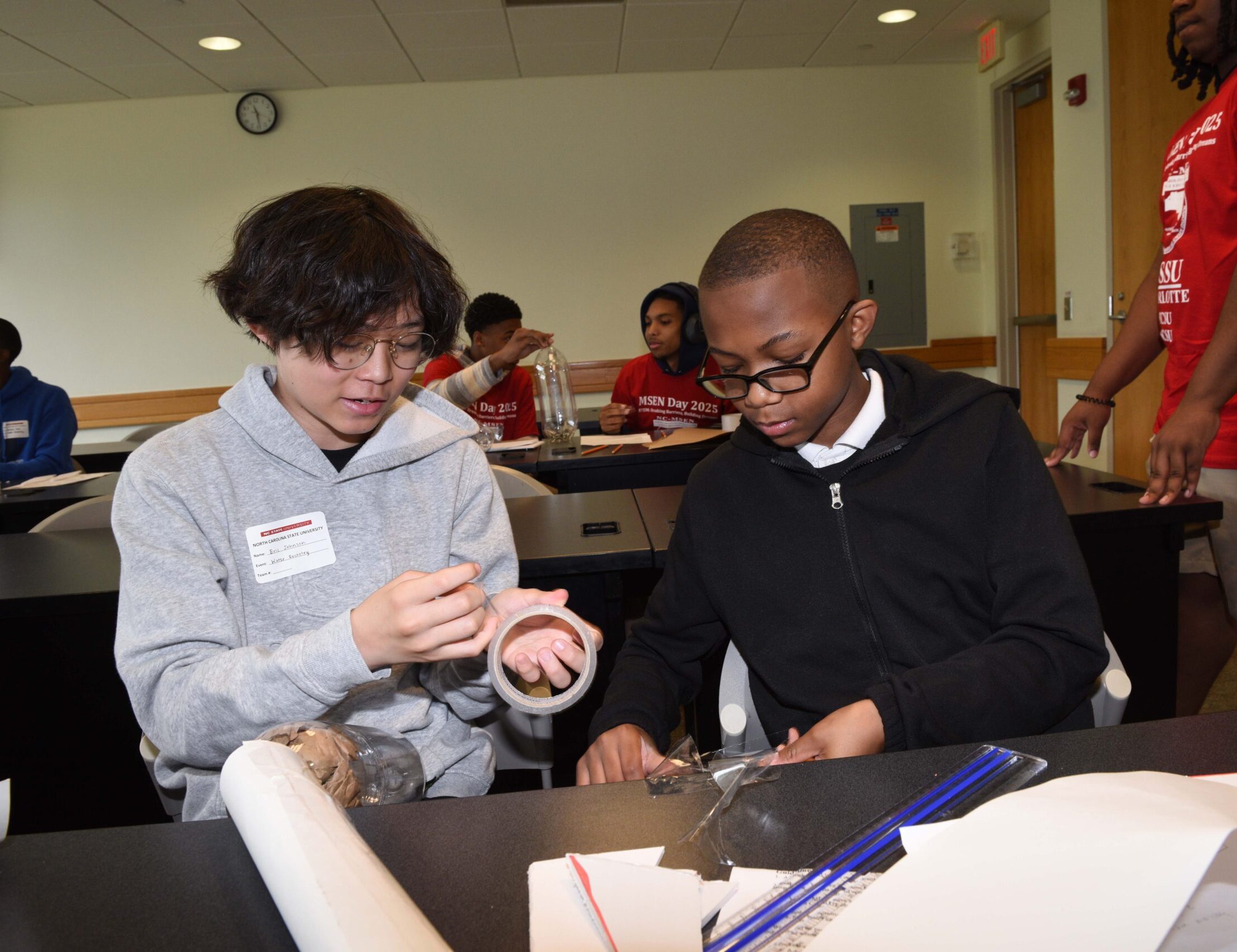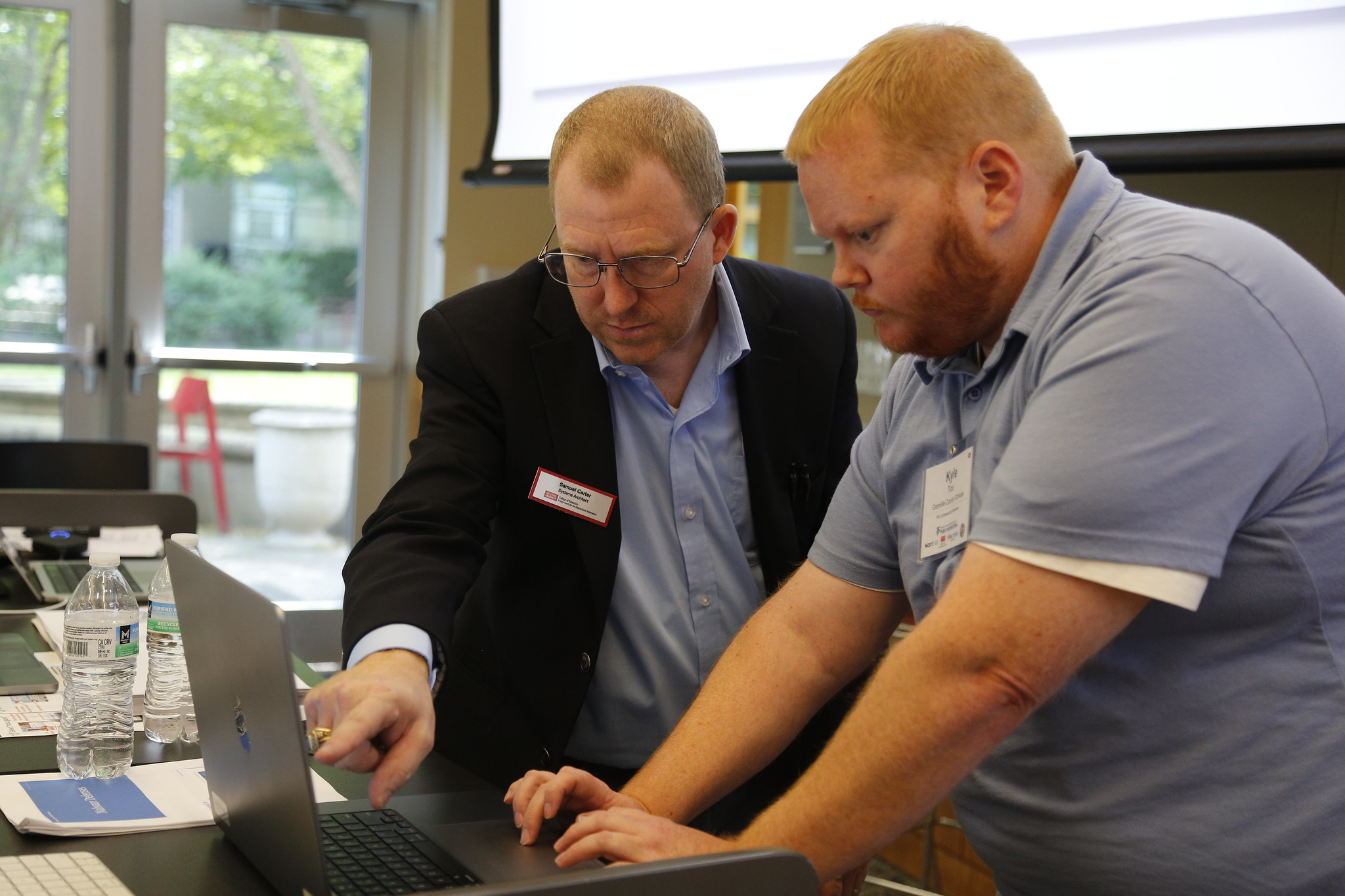Exploring Next Generation Education: Four K-12 Trends That Matter for 2022
How can educators create space for transformation that can usher in new ways of thinking about education while making sure that we can reach all learners?
That question was posed to a panel of K-12 education thought leaders during the Jan. 27 “Exploring Next-Generation Education: K-12 Trends That Matter for 2022” webinar, moderated by Friday Institute for Educational Innovation Executive Director and NC State College of Education Associate Dean Hiller A. Spires.
“We’ve had another extremely challenging year—a global pandemic, ongoing racial injustice and inequities, economic challenges, an insurrection on our state’s capitol and a new variant with omicron,” Spires said. “Educators have navigated their way through these compounded issues. They’ve summoned their creativity and resiliency to support and engage students. With this dramatic backdrop, we move into 2022 with disappointments and frustration combined with hope for a brighter collective future.”
Panelists included Vanessa Siddle Walker, Samuel Candler Dobbs Professor of African American Educational Studies at Emory University; Thomas Arnett, senior research fellow at the Clayton Christensen Institute; Justina Nixon-Saintil, vice president of environmental, social, and corporate governance and corporate social responsibility at IBM; and Punya Mishra, associate dean of scholarship and innovation and professor at the Mary Lou Fulton Teachers College at Arizona State University.
Below are four suggestions the panelists recommended educators consider for the upcoming year.:
Come Together to Overcome Challenges
Today’s challenges in education, such as racial inequities, the pandemic and teacher shortages, may seem overwhelming and impossible to overcome, but Walker says educators have encountered similar challenges in the past that they’ve solved by working together as strong networks of professionals and advocates.
“We keep talking about how we don’t know how to do these things,” says Walker. “Yes we do. We do know how to do these things, but the how is in the history…the reason it worked historically was because of the networks—professional networks and advocacy networks…the networks help deliver the advocacy—the ones that cross disciplines—and the professional networks deliver the seamless kind of instruction that all of you talked about that we need.”
Walker says that educators, grassroots organizations and those in higher education should work together to make real change and action happen.
Be Open to New Models of Instruction
In the last two years, both educators and students have struggled with the variation of instruction. Conventional instruction was created with in-person teaching and learning in mind and worked best in this environment. But through his research, Arnett has seen how some schools have been successful adapting to online learning and/or hybrid environments.
“Struggle promotes innovation,” Arnett said. “Struggle promotes creative thinking. Not to say that it’s easy, that there’s easy solutions to this, but I’m optimistic of the good ideas and the things that will come out of people figuring out what to do going forward as they struggle in this moment.”
Arnett said that some schools he’s surveyed are experimenting with new models of instruction to support students in their varied needs, such as flexibility around the timing, pacing and pathways students follow and the technology used.
Prepare Students for Jobs They Want (and Need) Now
As a result of the pandemic and other economic hardships, Nixon discussed how she’s seen a large demand for students to enter the job market right after high school, but they lack the skills they need to be successful in the workplace.
At IBM, they are focused on preparing young people for the workforce through their P–TECH initiative, a public-education model that provides high school students from underserved backgrounds with the academic, technical and professional skills and credentials they need for competitive STEM jobs. They give students access to real-world opportunities, credentials and practices, pay them and partner with other companies to give them opportunities for jobs in different fields.
“I think that preparation, especially with marginalized communities, to make sure they have access to new technologies that can engage their students and make them ready for these types of future jobs, I think that’s extremely important,” says Nixon.
Remember the Importance of Schools as Centers of Community
Schools are a resource for students, where some get their first experience of the arts and sports or their only warm meal for the day. During the webinar, Mishra referenced a modeling study published in Pediatrics, a journal of the American Academy of Pediatrics, that found that about 120,000 children in the U.S. lost a primary caregiver due to a COVID-19-associated death. The racial and ethnic disparities in caregiver deaths due to COVID-19 were significant—1 caregiver for every 310 Black children, 1 caregiver for every 412 Hispanic children and 1 caregiver for every 753 white children.
He suggested that schools continue to be a resource for their community in instances such as caregiver loss and be a place where families and students can get the social and emotional support they need.
“This pandemic has given us an opportunity, whether it’s through the Zoom classroom or whatever it may be, to bring that family, that community, into that learning space to see that as a resource,” Mishra said.
Watch a full recording of the webinar here.



